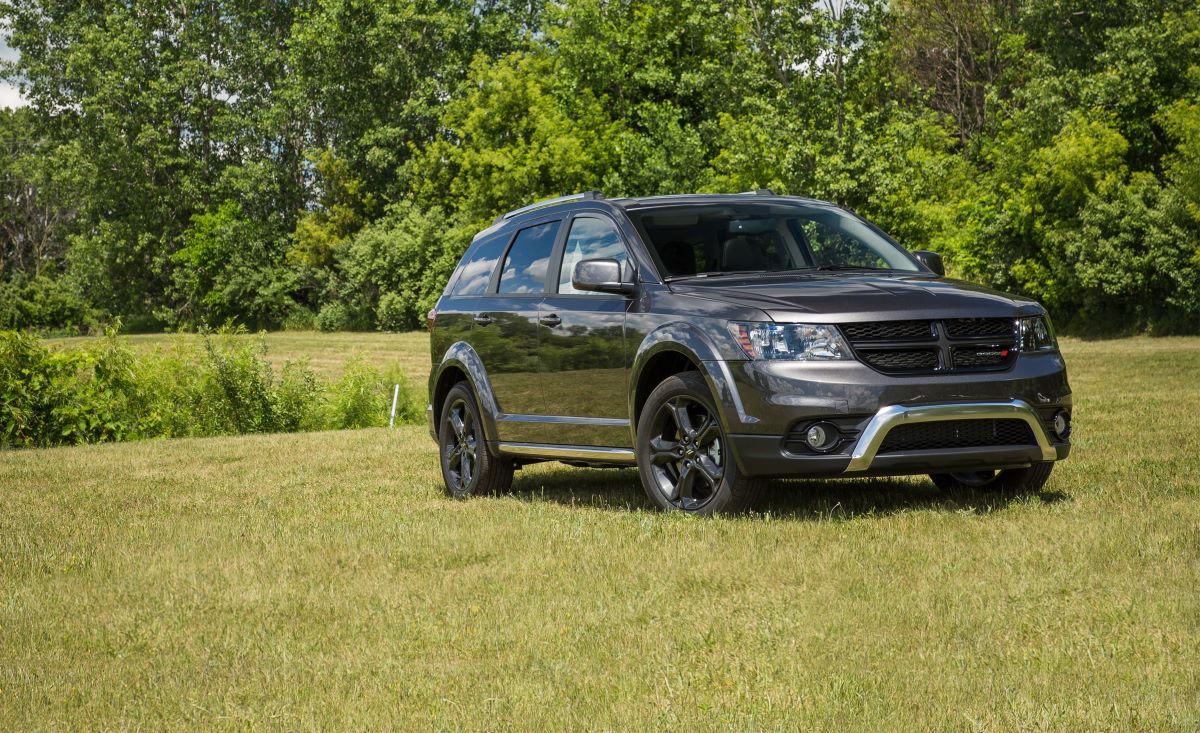SUVs have taken over the roads—and for good reason. Their commanding road presence, extra space, and all-weather capability make them ideal for families, adventurers, and daily commuters alike.
But while many SUVs are engineered to last well beyond 200,000 miles, others barely make it past the warranty period before racking up costly repairs.
The difference can often come down to reliability, build quality, and long-term durability—qualities not always obvious from a glossy brochure or a flashy commercial.
This feature looks at both ends of the SUV reliability spectrum. First, we’ll highlight 5 SUVs That Run Forever, the models known for their bulletproof engineering, minimal maintenance needs, and cult-like owner loyalty.
These are the SUVs still running strong after a quarter-million miles and that mechanics praise for their no-nonsense dependability.
Then we’ll dive into the other side of the spectrum with 5 SUVs That Constantly Fail—vehicles plagued by transmission issues, electrical nightmares, poor parts quality, or outright design flaws.
These are the models that frustrate owners, drain wallets, and show up far too often in mechanic bays and recall bulletins. If you’re shopping for a long-term companion—or trying to avoid a money pit—this comparison is exactly what you need.
Also Read: 5 Reliable Cars for DIY Maintenance and 5 That Need Dealerships
5 SUVs That Run Forever
Dependability is a quality that reveals itself over time. While many SUVs may feel solid off the dealer lot, only a handful prove they can stand the test of time—through years of tough weather, road salt, family duty, and high mileage.
The five SUVs featured here didn’t earn their reputation overnight. Their longevity is proven through decades of real-world use, often under tough conditions, and their owners tend to keep them for the long haul—sometimes even passing them down generations.
Mechanics frequently cite these models as examples of engineering done right. They’re often built on time-tested platforms, powered by naturally aspirated engines with fewer failure points, and use durable materials inside and out.
Importantly, they also maintain strong parts availability and enjoy solid aftermarket support, meaning they’re easy and economical to keep on the road.
This list is important because longevity isn’t just about luck—it’s a reflection of smart design, consistent quality control, and a manufacturer’s commitment to reliability.
If you’re someone who wants an SUV that can handle life’s wear and tear without falling apart, or simply wants to avoid the headaches of unexpected repair bills, these are the vehicles to keep on your shortlist.
Let’s explore the five SUVs that are known not just for getting you from Point A to Point B—but doing it for decades.
1. Toyota Land Cruiser
When it comes to long-lasting SUVs, the Toyota Land Cruiser sits at the top of the pyramid. With a lineage dating back to the 1950s, this vehicle is more than just a luxury off-roader—it’s a globally trusted workhorse that regularly clocks half a million miles in extreme conditions.
From the deserts of the Middle East to the unpaved roads of rural Africa, the Land Cruiser has become a synonym for reliability and overengineering.
The Land Cruiser’s longevity stems from Toyota’s commitment to using proven, durable components. Its V8 engines—such as the legendary 4.7L and 5.7L variants—are designed for low stress and high tolerance, running smoothly even with minimal maintenance.
The transmission, axles, and 4WD system are equally robust, making it a favorite for government fleets, military use, and adventurous overlanders who can’t afford mechanical breakdowns in remote areas.
Inside, while the cabin leans into luxury, Toyota didn’t sacrifice build quality. Materials used are meant to last, with many Land Cruisers showing minimal wear even after 15 years of service.
The simplicity of older models, especially the 80 and 100 Series, also contributes to their durability, as fewer electronics mean fewer potential failure points.
Another key to its long lifespan is owner culture. Land Cruiser enthusiasts tend to be meticulous about maintenance and quick to fix issues before they snowball.
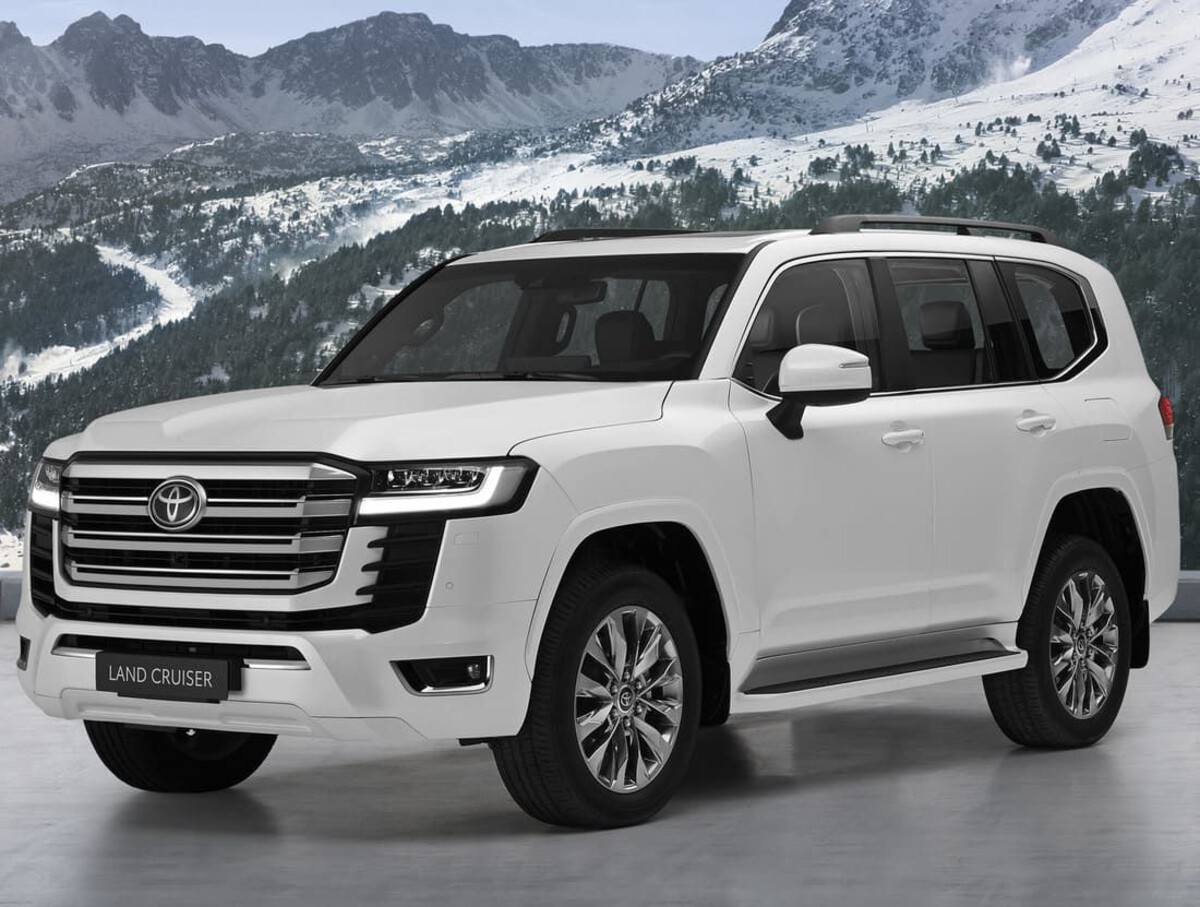
The strong global community also ensures that parts and advice are always available—even for models no longer sold in the U.S.
While the Land Cruiser isn’t cheap to buy or fuel, it more than makes up for it with unbeatable resale value and longevity that few other vehicles can match. Many owners report buying their Land Cruiser once and never needing another SUV again.
If you’re looking for an SUV that can outlast most marriages and careers, the Toyota Land Cruiser is arguably the most trustworthy name in the business.
2. Honda CR-V
The Honda CR-V may not have the rugged, go-anywhere persona of a Land Cruiser, but when it comes to everyday reliability, longevity, and cost-efficient ownership, it’s one of the most dependable SUVs ever built.
Launched in the mid-1990s, the CR-V helped define the compact crossover segment and has since become a staple for families, commuters, and anyone wanting fuss-free transportation.
What sets the CR-V apart is its rock-solid engineering. Honda’s naturally aspirated four-cylinder engines—particularly the long-running 2.4-liter i-VTEC—are renowned for their ability to run well past 300,000 miles with minimal trouble.
Timing chains instead of belts, non-interference design in older versions, and a well-tuned balance between power and efficiency all contribute to the engine’s endurance.
The CR-V’s transmissions, especially in older models before the introduction of CVTs, also enjoy a solid reputation. Even the CVTs introduced later have proven more reliable than many competitors, assuming regular fluid changes are observed.
The all-wheel-drive system is light but durable, and the suspension components are simple and inexpensive to service.
Beyond mechanical reliability, the CR-V’s practicality plays a big role in its lasting appeal. Its interior is designed for real-world use, with flat-folding rear seats, generous cargo space, and durable upholstery. Even on older models, rattles and trim degradation are minimal, a testament to Honda’s fit and finish standards.
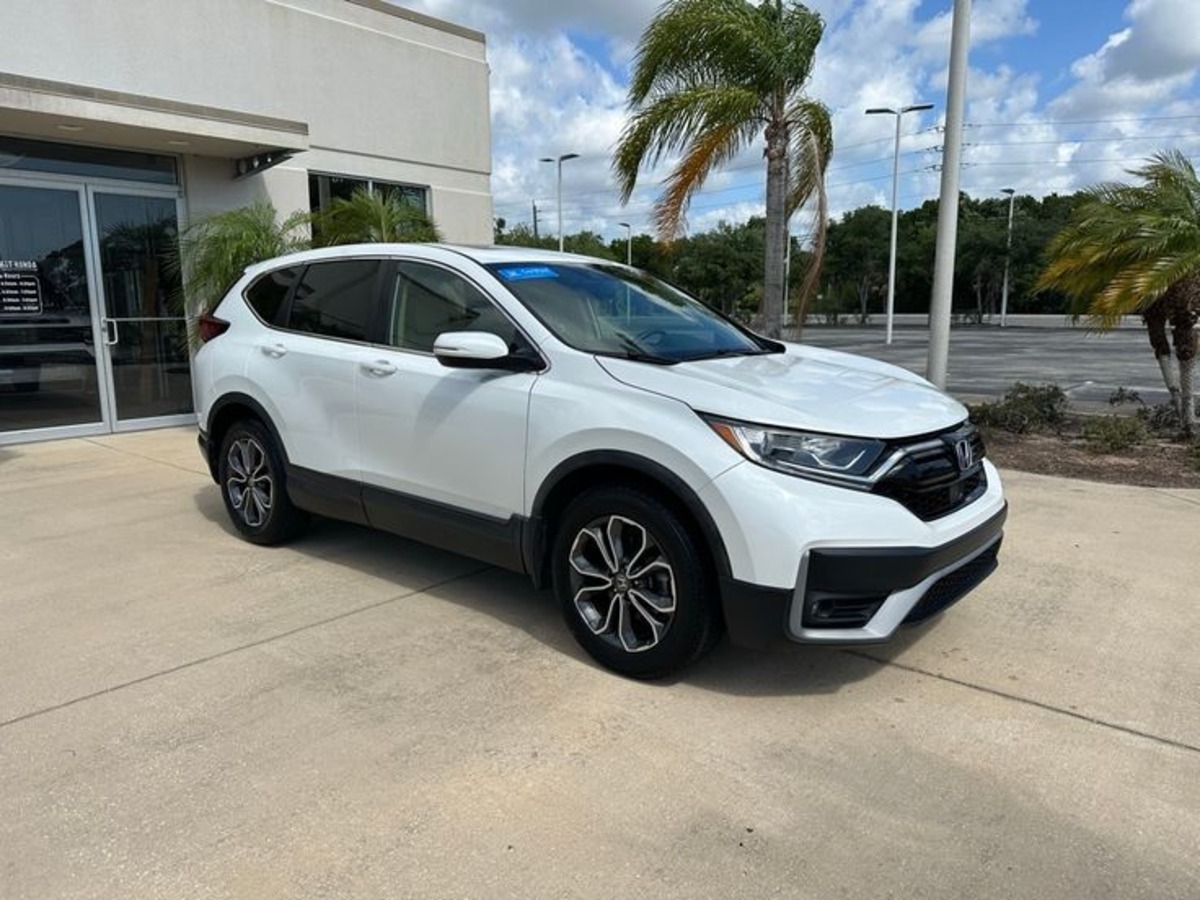
Where the CR-V really shines is total cost of ownership. Insurance is reasonable, fuel economy is excellent, and maintenance is inexpensive—plus, parts are widely available.
It’s common to see CR-Vs from the early 2000s still serving as daily drivers, delivery vehicles, or first cars for new drivers.
In terms of downsides, it’s not a performance SUV nor a serious off-roader, but those aren’t its goals. It’s designed to be the reliable companion that starts every morning, hauls groceries, takes road trips, and just keeps running.
Whether you’re buying new or picking up a used model from over a decade ago, the Honda CR-V is one of the safest bets for anyone seeking longevity and peace of mind. It may not be flashy, but it’s one of the most loyal SUVs you’ll ever own.
3. Lexus GX 470 / GX 460
When it comes to luxury SUVs that also go the distance, few vehicles match the reputation of the Lexus GX 470 and its successor, the GX 460.
Built on the same rugged platform as the Toyota Land Cruiser Prado, the GX blends off-road durability with Lexus-grade comfort—and has become a secret favorite among long-haul SUV enthusiasts.
Under the hood of the GX 470 is Toyota’s legendary 4.7-liter V8, a naturally aspirated powerhouse known for its buttery-smooth delivery and uncanny ability to last over 300,000 miles.
Later GX 460 models feature a 4.6-liter V8 that retains the same reputation for reliability, all mated to durable 5- or 6-speed automatic transmissions.
These powertrains are intentionally under-stressed and thrive with basic maintenance—oil changes, fluid flushes, and timing belt replacements being the major routine items.
What truly sets the GX apart is its body-on-frame construction—unusual in the luxury segment. This design gives it old-school SUV toughness that’s perfectly suited for towing, off-road trails, or just shrugging off bad roads.
Add to that Toyota’s proven full-time 4WD system with a low range transfer case, and you have a luxury SUV that’s actually capable of serious adventures.
Inside, the GX offers Lexus-grade refinement with leather seats, wood trim, and high-quality plastics that age exceptionally well.
The interior layout is logical, and despite the luxury touches, the controls remain physical and straightforward—reducing the chances of expensive electronic failures down the road.
Another key factor in the GX’s longevity is the ownership base. GX owners often fall into two camps: luxury SUV drivers who pamper their vehicles, and overlanding enthusiasts who modify them for long-distance exploration.
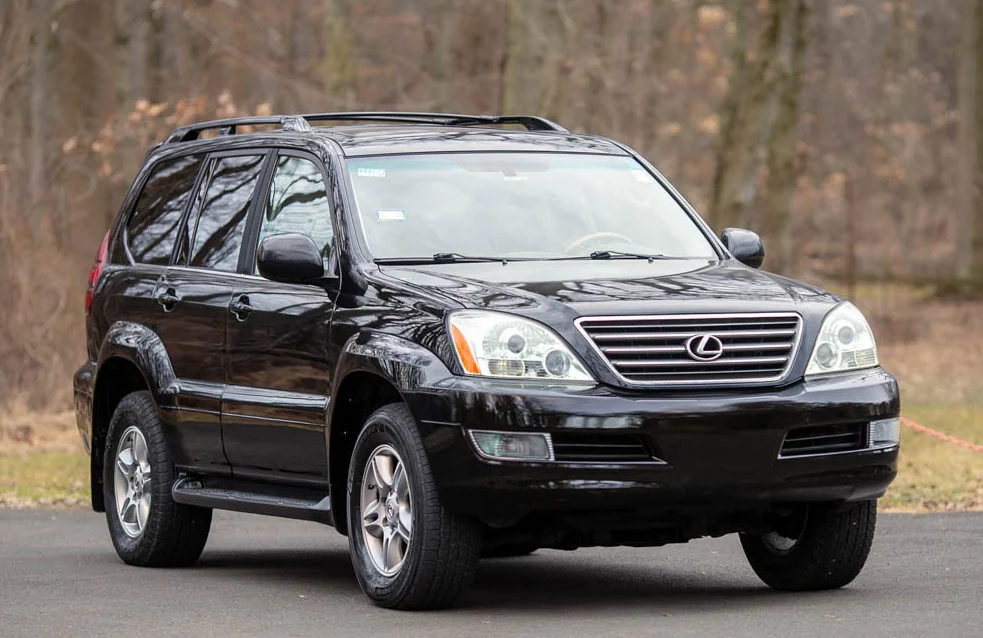
Both groups tend to maintain them meticulously, and the active online community helps keep older GXs running smoothly with shared knowledge and parts sources.
Yes, the GX isn’t cheap to buy or fuel, and the ride can feel slightly truck-like compared to modern crossovers. But what you get in return is a vehicle that will quietly and confidently keep going long after its rivals have retired.
If you want a luxury SUV that’s just as likely to hit 400,000 miles as it is to show up at a valet stand, the Lexus GX is your answer.
4. Toyota 4Runner
Few SUVs have earned as much respect for longevity as the Toyota 4Runner. This midsize SUV has built a cult following for its unmatched blend of durability, off-road prowess, and old-school truck DNA.
Whether you’re looking at a 1999 SR5 or a 2022 TRD Pro, the 4Runner is engineered to last—and it’s one of the few modern SUVs that’s unapologetically tough in a world leaning toward soft crossovers.
The 4Runner’s reliability centers around its body-on-frame construction and time-tested 4.0-liter V6 engine. This naturally aspirated engine, in use for over two decades with minimal changes, is known for its mechanical simplicity and bulletproof design.
It’s not the most fuel-efficient, but it makes up for that with an uncanny ability to rack up 300,000+ miles with only basic care. The transmission—whether the older 4-speed, 5-speed, or newer 5-speed automatic—is just as sturdy and rarely fails unless severely neglected.
Its off-road capability is not just marketing fluff. With available locking differentials, low-range transfer cases, skid plates, and Toyota’s Crawl Control system in newer models, the 4Runner is a go-anywhere SUV. But it’s just as competent on the road, offering a smooth, confident ride and a strong towing capacity.
What makes the 4Runner stand out from other SUVs is how little it has changed over time. Toyota’s “don’t fix what isn’t broken” approach means that each generation retains mechanical reliability, minimal electronic complexity, and high-quality construction.
Even owners of 15-year-old models often report no major repairs—and aftermarket support is so robust that rebuilding or upgrading these SUVs is a thriving business.
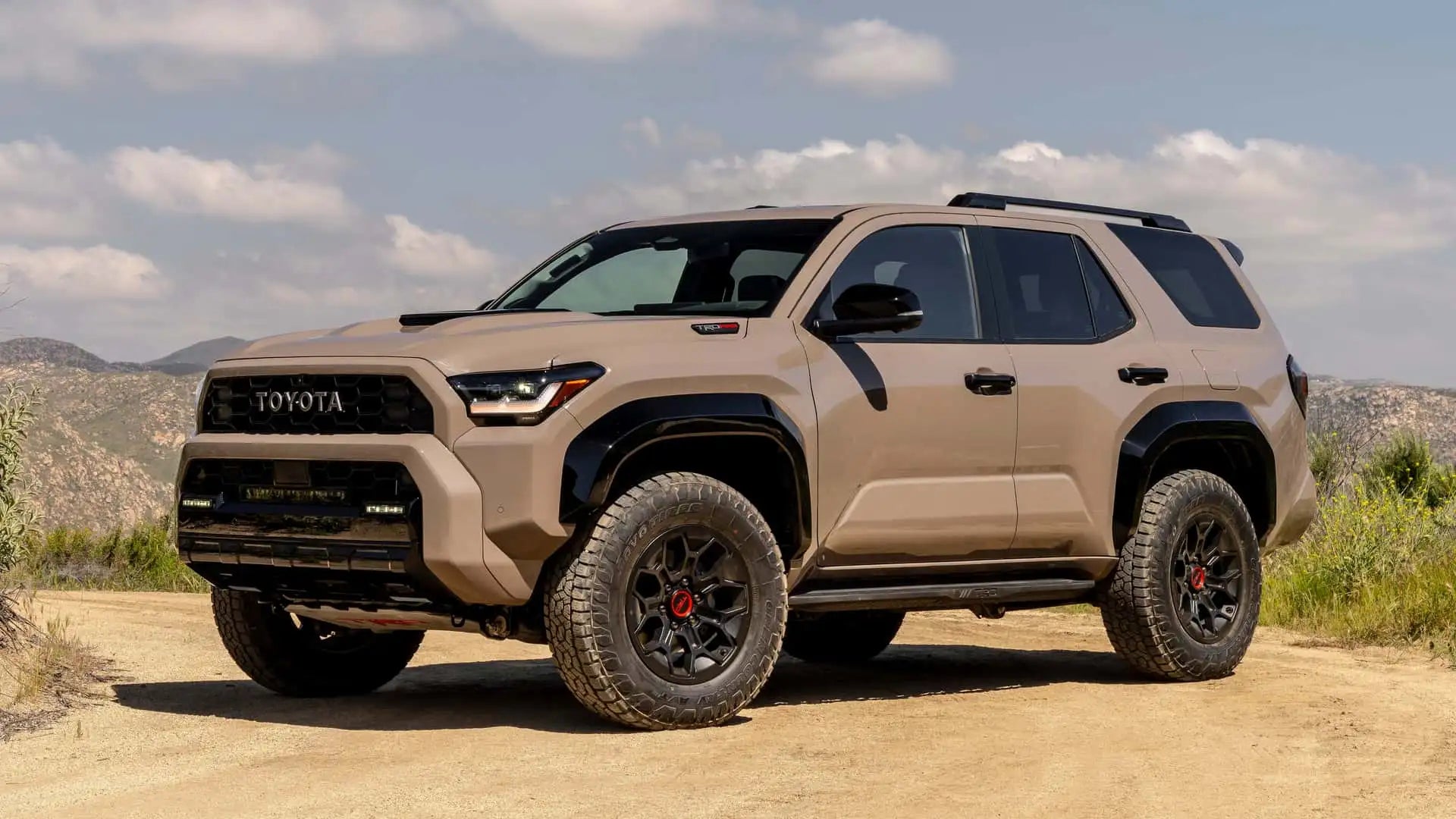
The interior is rugged rather than plush, but that’s part of the charm. Hard plastics wear well over time, and the controls are intuitive and physical, reducing the risk of screen or sensor failures. Even base trims tend to have features that last rather than impress.
If you’re in the market for a reliable daily driver that can also take you through national parks or snowstorms without breaking a sweat, the 4Runner is nearly peerless.
It’s one of the rare vehicles you can buy new and realistically expect to keep for 20 years—and that’s not an exaggeration.
5. Subaru Forester
The Subaru Forester may not have the imposing presence of a body-on-frame SUV, but when it comes to reliability, versatility, and real-world longevity, this compact crossover consistently punches above its weight.
With a loyal following that spans urban drivers, rural adventurers, and outdoorsy families, the Forester has carved a niche as a dependable all-weather workhorse that simply doesn’t quit.
At the heart of the Forester’s longevity is Subaru’s boxer engine layout paired with Symmetrical All-Wheel Drive—a combination that provides a low center of gravity and excellent road handling, especially in poor weather.
Older Foresters equipped with the 2.5-liter naturally aspirated engine (particularly pre-2011 models with the EJ25) can easily clock 250,000+ miles when maintained properly.
While some early models did struggle with head gasket issues, once those are resolved, the engines are generally rock-solid and inexpensive to run.
The AWD system is always active and mechanically straightforward, a big reason why Foresters hold up so well in snowy, muddy, or gravel-laden terrain.
Unlike many crossovers that rely on reactive front-wheel-drive-biased systems, Subaru’s full-time AWD enhances grip without sacrificing long-term reliability.
What helps the Forester’s reputation even more is its simplicity. Earlier generations have a minimalist cabin layout with durable materials and straightforward analog controls—fewer electronics mean fewer long-term failures.
While newer models have more tech and infotainment features, they still retain a practical, user-focused design that prioritizes function over flash.
Subaru owners also play a big role in the Forester’s reputation. Enthusiasts and everyday drivers alike maintain their vehicles well, and the strong Subaru community shares DIY guides, repair tips, and maintenance tricks that extend the life of older models.
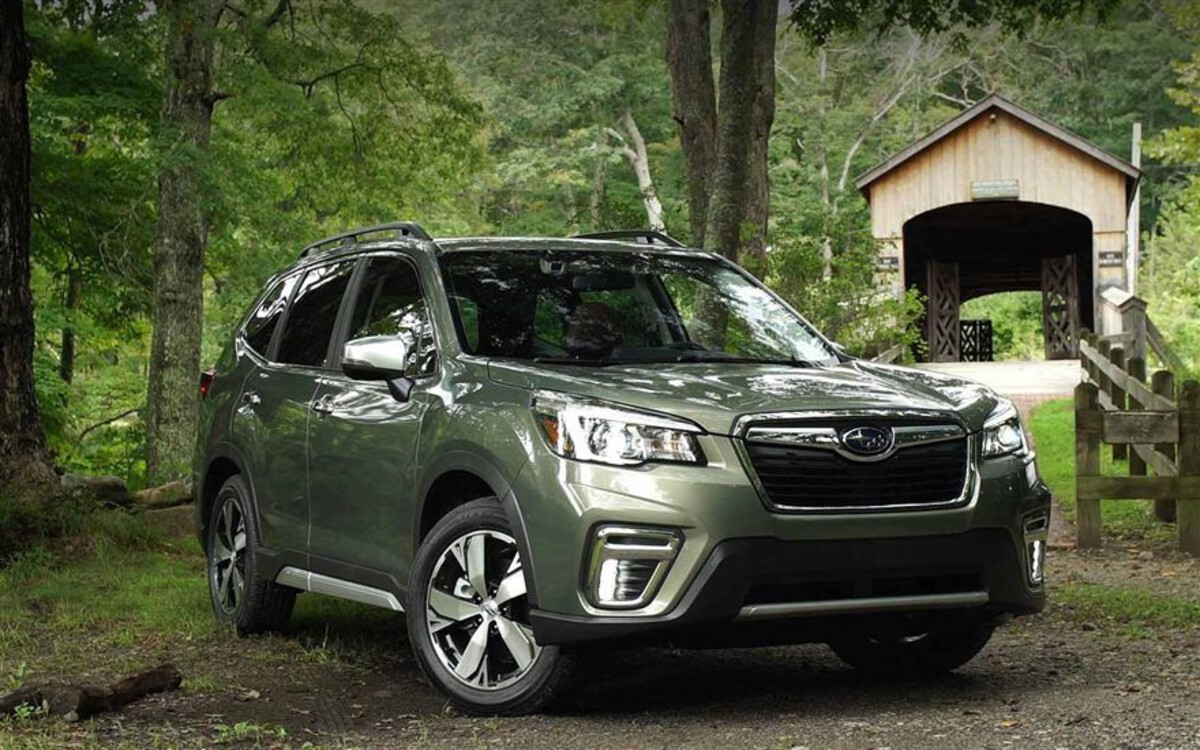
The vehicle’s design also encourages upkeep—everything from spark plugs to filters is relatively easy to access.
Fuel-efficient, spacious, and unfazed by tough road conditions, the Forester is one of the few compact SUVs that’s both city-friendly and rugged enough for light overlanding.
It’s not a rock crawler, but it will take a beating and keep going for years—making it an excellent long-term choice for people who want safety, utility, and reliability without the bulk or complexity of a larger SUV.
5 SUVs That Constantly Fail
Not all SUVs are built to last. For every rugged workhorse that reliably crosses 300,000 miles, there’s a handful of models that start falling apart long before they even reach 100,000.
These problem-prone vehicles often lure buyers in with bold styling, competitive pricing, or flashy features—but under the surface, they’re ticking time bombs of mechanical failure, electronic glitches, or manufacturing shortcuts.
The result? Constant trips to the mechanic, sinking resale values, and deeply frustrated owners.
This list of 5 SUVs That Constantly Fail highlights some of the worst offenders in terms of long-term durability.
These aren’t just minor annoyances—these vehicles are repeatedly called out for major system failures such as bad transmissions, persistent engine trouble, fragile electronics, and poor-quality materials.
Many of them also show up regularly in consumer complaints, reliability rankings, and lemon law cases. Some models have even developed reputations so bad they’ve singlehandedly soured people on entire brands.
We’re writing this list to offer a clear-eyed warning. With SUVs being such significant investments—especially when bought new or on long-term finance—choosing the wrong one can turn into a nightmare.
You might spend more time arranging repairs than enjoying the vehicle itself. And even when the issues are fixable, the costs add up fast.
From unreliable powertrains to software glitches that leave basic systems unusable, these are the models you should approach with caution—or avoid altogether.
This list isn’t about piling on hate; it’s about pointing out patterns that countless owners and technicians have experienced firsthand.
We’ll explore where these SUVs go wrong, why their problems are so common, and what you’re likely to face if you take one home expecting it to last a decade.
Let’s take a look at the five SUVs that have earned a reputation not for how far they go—but how quickly they break down.
1. Jeep Cherokee (2014–2020)
The Jeep Cherokee should have been a home run. Revived with modern styling and a heritage-rich name, the 2014–2020 Cherokee seemed poised to be a compact SUV that could blend off-road credibility with urban practicality.
But instead of reliability and confidence, this model delivered one of the most frustrating ownership experiences in recent SUV history—largely due to serious mechanical flaws, especially in the transmission department.
The core of the problem lies with the ZF 9-speed automatic transmission, a unit introduced with much fanfare for fuel efficiency and smooth shifting. In practice, it’s been a disaster. Owners have reported harsh shifts, hesitation, clunking, and outright failure.
Jeep issued multiple software updates and recalls to fix shifting behavior, but problems persisted. Some units required full replacement—sometimes more than once—well before hitting 100,000 miles.
Adding to the trouble is the 2.4-liter Tigershark inline-four engine, which suffers from excessive oil consumption. Many owners found themselves running critically low on oil between changes, sometimes leading to engine damage.
The more powerful V6 option fared better, but it didn’t escape the shadow of the Cherokee’s troubled reputation.
Electrical issues also abound. Uconnect infotainment system glitches, random warning lights, backup camera failures, and faulty keyless entry systems are frequently cited in owner complaints and technical service bulletins. The quality of interior materials, especially on lower trims, has also been called out for rapid wear and rattling.
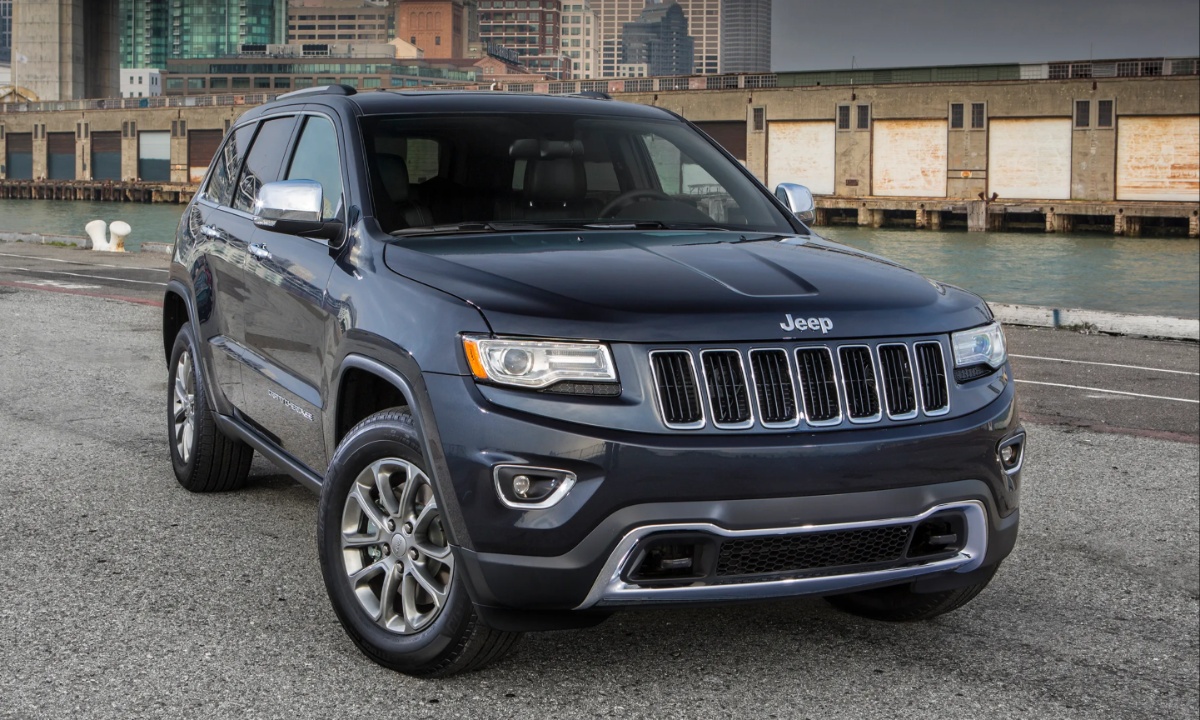
Despite Jeep’s off-road legacy, the Cherokee’s AWD systems weren’t enough to salvage confidence. Trailhawk models were more capable, but the underlying reliability issues applied across all trims.
Why this SUV matters is because many unsuspecting buyers chose it thinking they were getting the “cool” Jeep option in a compact package. Instead, they got a vehicle that too often left them stranded or dealing with expensive repairs far earlier than expected.
Even the resale values suffered as a result, with used Cherokees often selling far below competitors due to poor reputation.
If you’re looking for an SUV to depend on long term, the 2014–2020 Jeep Cherokee is a lesson in how overambitious engineering and rushed execution can create a vehicle that’s more headache than help.
2. Ford Explorer (2011–2019)
The 2011–2019 Ford Explorer marked a shift in direction for one of America’s most iconic SUVs. Moving from a rugged body-on-frame layout to a unibody design, the Explorer aimed to be more refined, family-friendly, and fuel-efficient.
Unfortunately, this generation of the Explorer has become notorious not for innovation or comfort—but for serious reliability issues that have made it a costly gamble for long-term owners.
One of the most frequent complaints revolves around the transmission. The 6-speed automatic units used in this generation have been known to exhibit hard shifting, slipping between gears, hesitation, and early failure—often occurring before 80,000 miles.
For an SUV that often serves as a family vehicle or fleet workhorse, these problems have been especially damaging. Many owners report paying thousands of dollars out of pocket for rebuilt or replaced transmissions—sometimes more than once.
Another major flaw involves the cooling system and engine reliability—particularly with the turbocharged EcoBoost engines. While these engines deliver decent performance, they are prone to overheating, carbon buildup, turbo failures, and coolant intrusion.
Some 2.0L and 3.5L EcoBoost engines have suffered catastrophic failure due to head gasket issues or warped components.
Even the non-turbo V6s haven’t been immune to troubles, including leaking water pumps that are inconveniently placed inside the engine—requiring major labor just to access.
Then there are the exhaust fume intrusion complaints—a problem so widespread that it triggered multiple lawsuits and an investigation by the NHTSA.
Many owners of 2011–2017 Explorers reported a strong smell of exhaust inside the cabin, especially under heavy acceleration. The issue wasn’t just annoying; it was a potential health hazard.
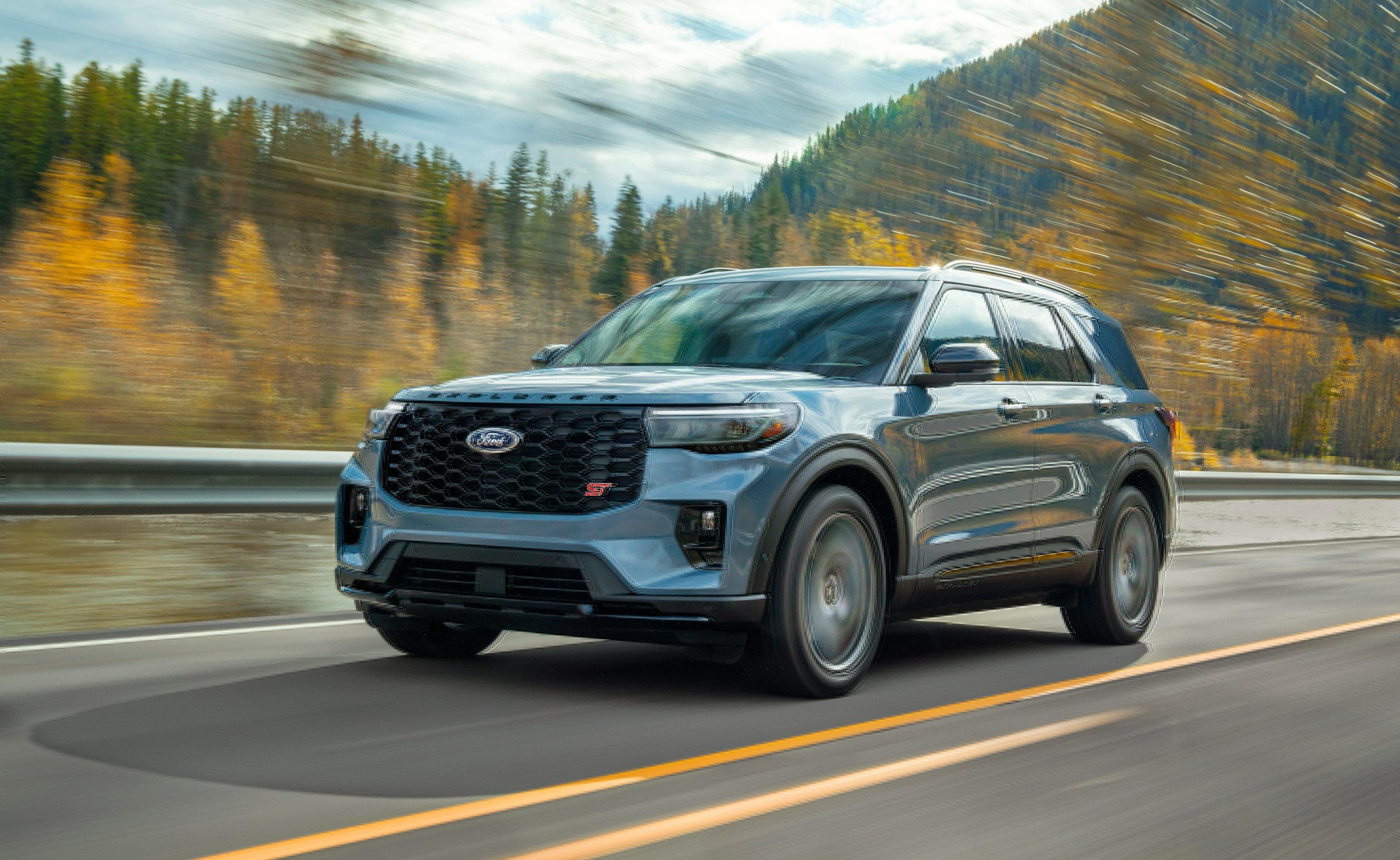
Electronics are another weak point. Malfunctions with the MyFord Touch infotainment system, random power loss to critical systems, faulty sensors, and door latch problems have all contributed to this Explorer’s poor reliability ranking. The cost of ownership can escalate quickly—even if the vehicle is still under 100,000 miles.
While the Explorer is roomy and comfortable when new, its long-term track record reveals a vehicle plagued by mechanical and design failures.
For buyers who expect a full-size SUV to last a decade or more, this generation of Explorer is one of the most regrettable options on the market.
3. Chevrolet Equinox (2010–2017)
The Chevrolet Equinox from model years 2010 to 2017 promised a lot: stylish looks, good fuel economy, and a comfortable ride in the compact SUV segment.
But for many owners, the reality turned out to be a minefield of costly engine problems, transmission trouble, and premature failures that have tanked owner satisfaction and long-term confidence.
The biggest reliability concern comes from the 2.4-liter Ecotec four-cylinder engine, which was the most common powerplant during these years.
This engine is infamous for excessive oil consumption, to the point that many owners reported running dry between regular oil changes without warning.
The problem often led to engine damage—including worn piston rings, cylinder scoring, and in many cases, full engine replacement.
GM eventually issued technical service bulletins and extended warranties in response to widespread complaints, but for thousands of owners, the damage was already done.
And the issues didn’t stop there. The timing chain system in these engines is also a known weak point, sometimes failing early and causing catastrophic internal damage.
Combine that with fragile PCV systems and poorly sealed intake manifolds, and it’s clear the engine design prioritized cost-cutting over longevity.
The six-speed automatic transmission—while not as notorious as the engine—has its own set of issues, including hard shifting, premature wear, and torque converter failures. Many owners faced major repairs around 80,000 to 100,000 miles—well before most would expect serious drivetrain issues.
Electrical gremlins are also a recurring theme. Reports of failing infotainment systems, intermittent power steering loss, faulty HVAC controls, and dashboard warning light chaos are common on owner forums and complaint databases.
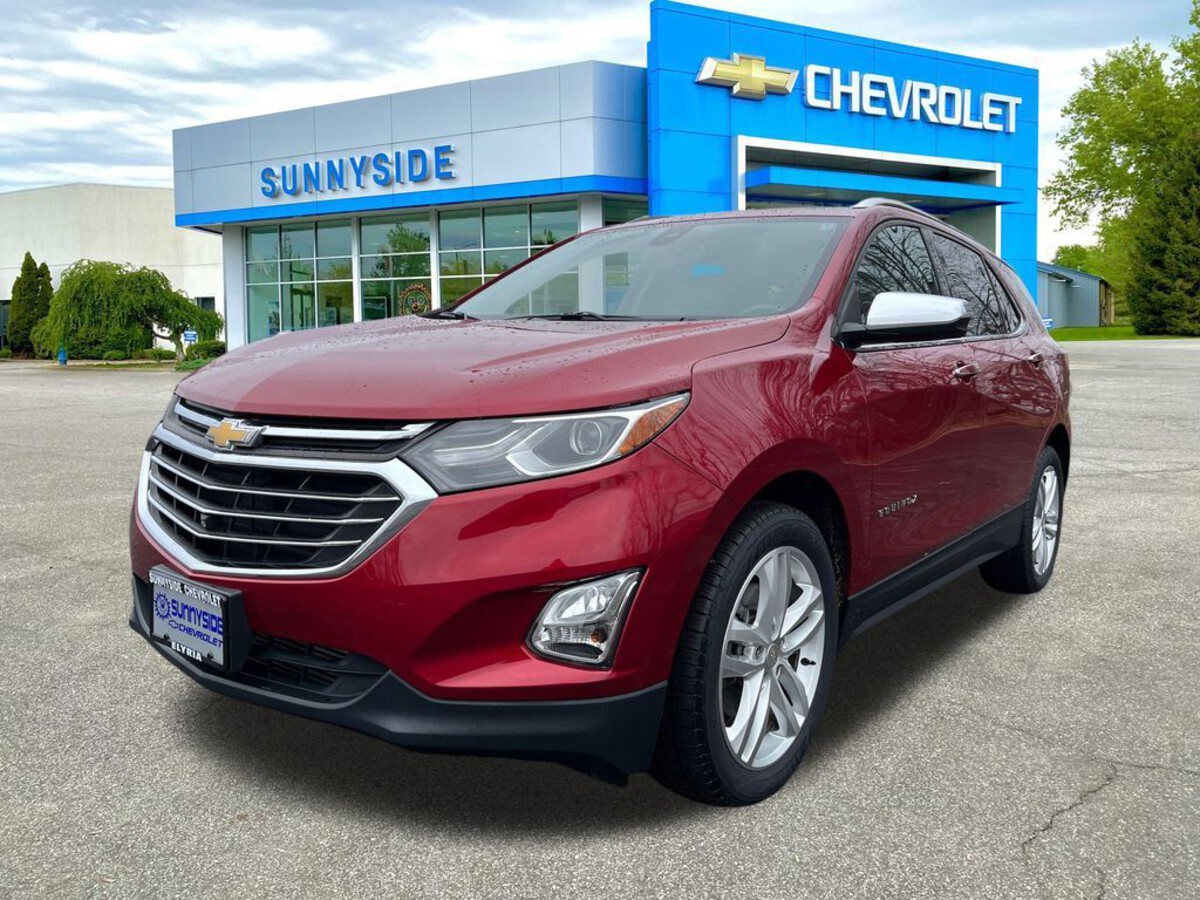
Build quality on the interior leaves a lot to be desired too; plastics degrade quickly, door handles crack, and seats wear prematurely.
What makes the Equinox so frustrating is that it sells well and seems like a safe, budget-conscious option—until the problems start piling up.
Many first-time SUV buyers or budget-focused families have learned the hard way that the Equinox is not a long-term play.
If you’re looking for an SUV that will keep maintenance costs low and deliver peace of mind for years to come, the 2010–2017 Equinox is a model best avoided. Its repair history is just too stacked against it.
4. Nissan Pathfinder (2013–2020)
The 2013–2020 Nissan Pathfinder was supposed to signal a new direction for Nissan’s midsize SUV—more crossover comfort, a refined ride, and better fuel economy.
But while it succeeded in looking modern and spacious, the Pathfinder quickly developed a reputation for serious reliability problems, especially with its drivetrain. What could have been a versatile family vehicle often turned into a repair-prone headache.
At the heart of the issue is Nissan’s CVT (Continuously Variable Transmission), manufactured by JATCO. This unit, which was supposed to deliver smooth acceleration and improved MPG, ended up being one of the model’s biggest failures.
Owners widely report jerking, slipping, hesitation, loud whining noises, and full-on transmission failure—often well under 100,000 miles.
Many drivers experienced safety concerns due to lag or surging behavior while driving, especially during acceleration from a stop or merging onto highways.
Nissan issued multiple service bulletins and extended warranties, but even replaced CVTs often failed again within short intervals.
The 3.5-liter V6 engine, while generally decent in isolation, didn’t escape criticism either. It was often hampered by poor tuning or linked to drivetrain codes that triggered limp mode or erratic behavior. Cooling system problems, oil leaks, and early wear on engine mounts added to long-term costs.
Beyond the powertrain, the Pathfinder suffers from electrical gremlins and build quality problems. Common complaints include malfunctioning backup cameras, touchscreens freezing or failing, and keyless entry issues.
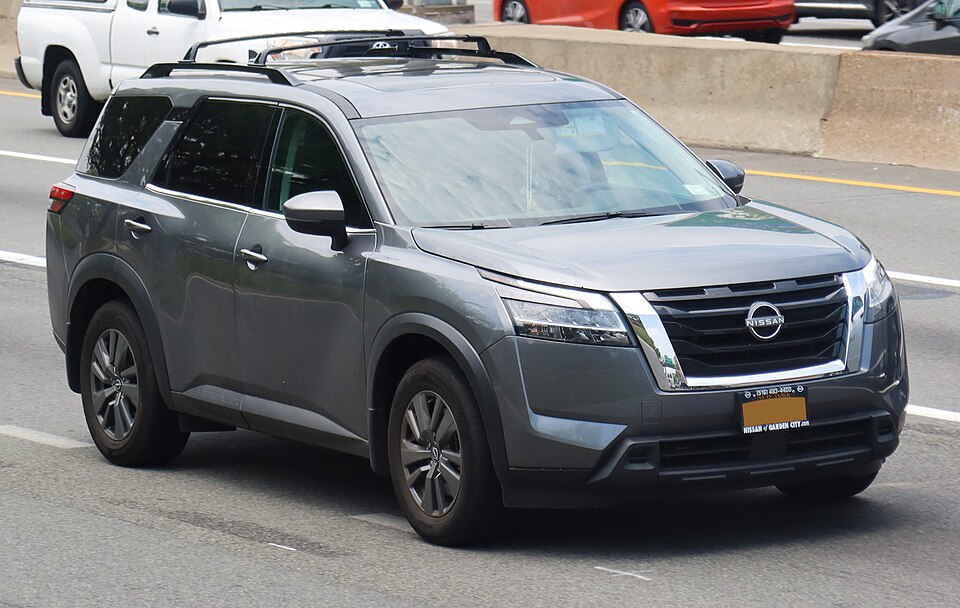
Inside the cabin, premature wear on seat leather, rattling trim, and malfunctioning HVAC systems make it feel older than its years. Third-row comfort was subpar, and sliding second-row seats often developed mechanical issues or wouldn’t lock in place properly.
This SUV’s downfall is particularly painful because it targets families—those who need safety and reliability more than anything. Instead, many owners found themselves at the dealership multiple times a year for software updates, transmission diagnostics, or early major repairs.
Even though later models saw slight improvements, the damage to the Pathfinder’s reputation was done.
Today, it appears frequently on “avoid” lists among used SUVs and suffers from poor resale value because of its long track record of transmission and quality-control issues.
In a segment full of dependable competitors, the 2013–2020 Pathfinder stands out—but for all the wrong reasons.
5. Dodge Journey (2009–2020)
The Dodge Journey is a textbook example of how a vehicle can underperform for an entire decade yet continue to sell based on price and styling alone.
Marketed as a budget-friendly family SUV, the Journey looked appealing on paper: optional third-row seating, available AWD, and a low starting price.
But beneath that surface lies one of the most mechanically and technologically outdated SUVs of its time—known widely for its poor reliability, substandard build quality, and alarmingly frequent mechanical failures.
The Journey’s most infamous issue lies with its base 2.4-liter four-cylinder engine, which is chronically underpowered and overworked. It strains to move the vehicle, often leading to premature wear and frequent overheating.
Coupled with a 4-speed automatic transmission—a setup already outdated when the vehicle debuted—the drivetrain feels sluggish, inefficient, and is known to fail early.
Even the more powerful 3.6-liter V6 variants didn’t escape trouble, especially when paired with the problematic 6-speed automatic, which has been linked to jerky shifting, rough engagement, and mechanical breakdowns before 100,000 miles.
Engine cooling issues are rampant. Owners frequently report blown head gaskets, radiator leaks, and thermostat failures—sometimes before 60,000 miles. Electrical systems are also highly problematic.
From faulty TIPMs (Totally Integrated Power Modules) that cause random system failures to glitchy keyless entry systems and freezing infotainment units, the Journey’s electronics are simply unreliable.
Dashboard lights, including ABS and traction control warnings, light up like a Christmas tree for no obvious reason—and often remain unsolved despite dealer visits.
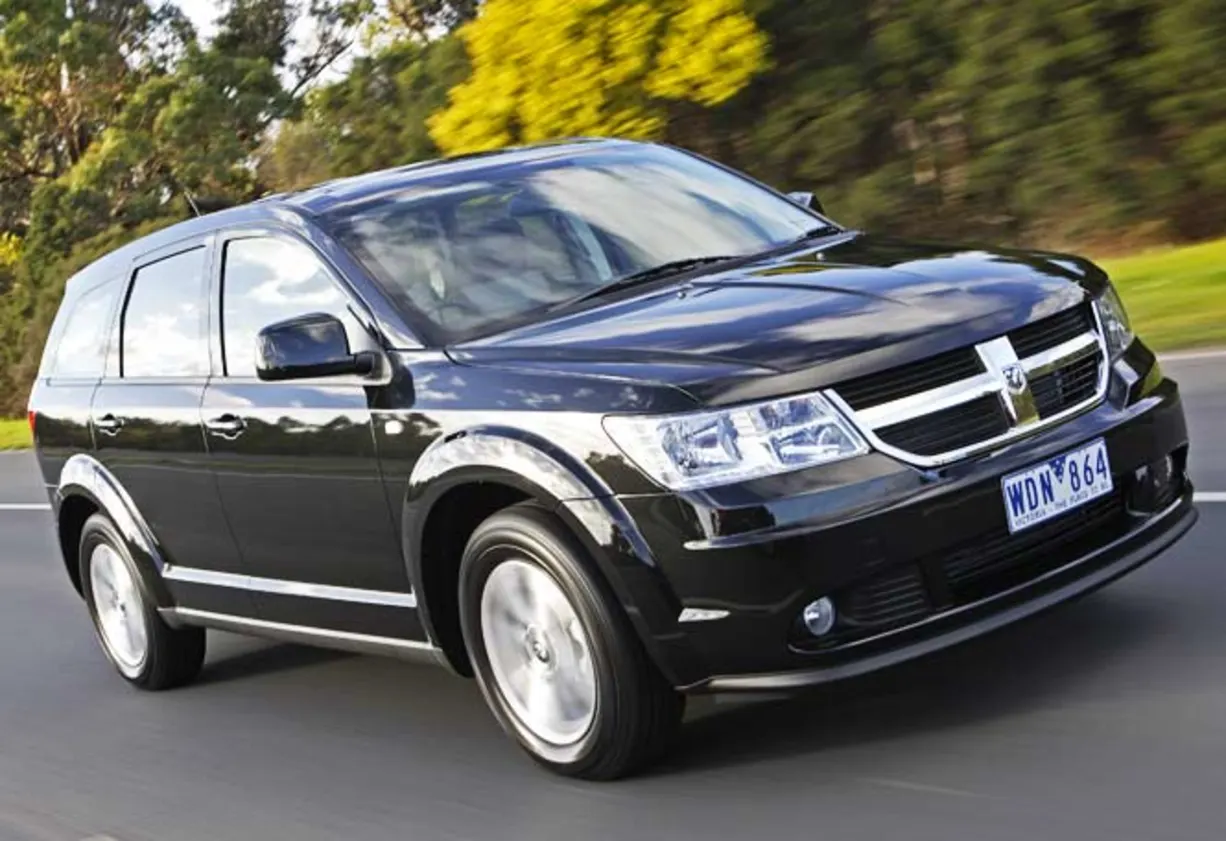
Interior quality is another sore point. Cheap plastics, squeaky panels, and seats that deteriorate quickly make the Journey feel like a low-rent option in a segment filled with better alternatives.
Even basic features like power windows and door locks have been known to fail on vehicles with relatively low mileage.
Why is the Journey still important to mention? Because it was often bought in high numbers due to aggressive discounts and rental fleet placements.
That means many are still floating in the used market—and unsuspecting buyers continue to fall into the trap of thinking it’s a deal. It’s not.
The Dodge Journey might look like a bargain, but long-term owners have found out the hard way: it’s one of the most failure-prone SUVs of the modern era.
In today’s SUV-dominated market, buyers face a crucial fork in the road: invest in a vehicle engineered for the long haul, or gamble on one that might become a money pit.
This guide presented both ends of the reliability spectrum to help you make an informed decision—because when it comes to long-term ownership, not all SUVs are created equal.
On one side, we saw mechanical excellence and enduring design in SUVs like the Toyota Land Cruiser, Honda CR-V, Lexus GX, Toyota 4Runner, and Subaru Forester.
These vehicles have earned their reputations the hard way—by withstanding years of wear, high mileage, harsh environments, and real-world abuse. Their formulas are simple: robust engines, reliable transmissions, conservative tech, and strong owner communities.
The result? SUVs that keep running long after others have called it quits, offering peace of mind, excellent resale value, and lower lifetime costs.
Contrast that with the other half of this story—SUVs like the Jeep Cherokee, Ford Explorer, Chevrolet Equinox, Nissan Pathfinder, and Dodge Journey. Each started with potential but stumbled due to design flaws, rushed engineering, or poor long-term testing.
Common themes among them include weak transmissions, underbuilt engines, excessive electronic complexity, and corner-cutting in both quality and durability.
They’ve burdened owners with frequent repairs, expensive out-of-warranty fixes, and in some cases, safety concerns. While some were sold in large numbers, their reliability track records are hard to overlook, and their resale values often reflect that.
The lesson here is clear: when shopping for an SUV—especially one you plan to keep beyond the warranty period—reliability should weigh just as heavily as features, horsepower, or brand prestige.
A stylish design or low sticker price means nothing if you’re stranded on the shoulder or hemorrhaging money in repair bills.
Choose wisely. An SUV can be a lifelong companion—or a constant burden. The difference lies in its DNA, and as we’ve shown, some SUVs are built to run forever—while others were never ready for the long road ahead.
Also Read: 5 Cars With Engines That Don’t Leak Oil and 5 That Constantly Do

